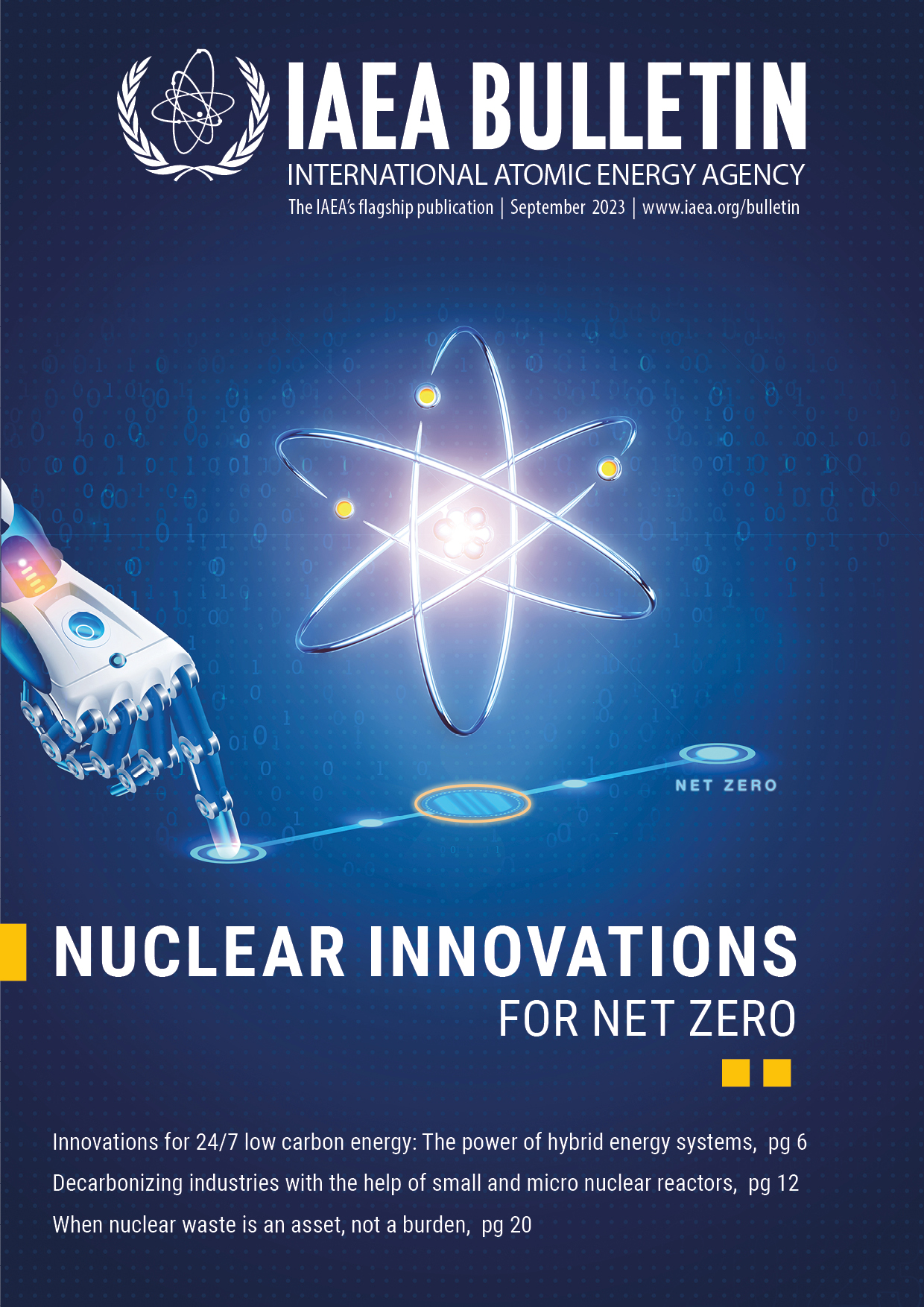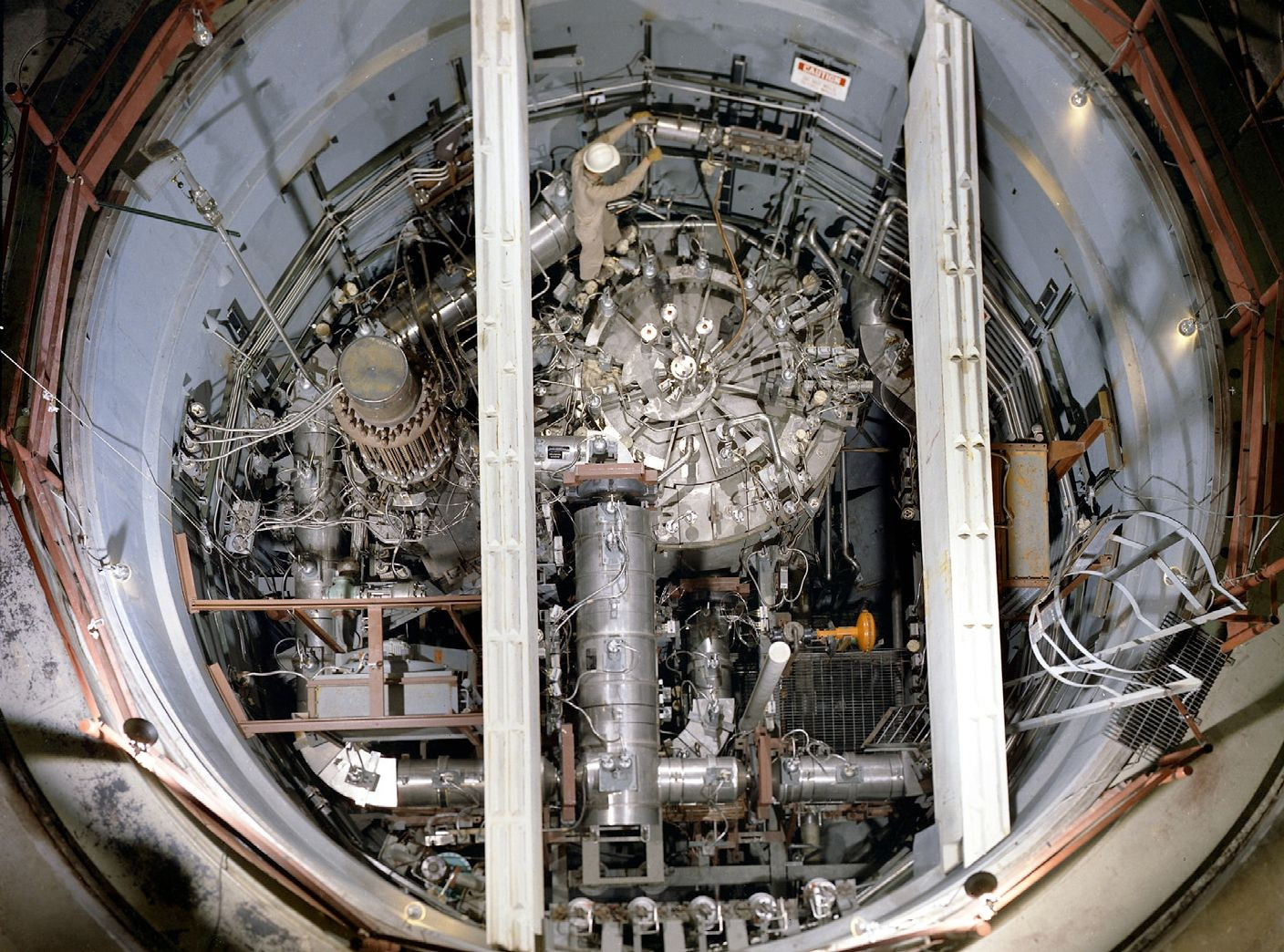Challenges of thorium for energy production
Thorium, commonly found in igneous rocks and heavy mineral sands, is named after Thor, the god of thunder in Norse mythology. It is three times more abundant in nature than uranium, but historically has found little use in industry or power generation. This is partly because thorium itself is not a nuclear fuel, although it can be used to create such a fuel. Thorium-232, the only naturally occurring isotope of thorium, is considered ‘fertile’ for fission. This means that it needs a driver, such as uranium or plutonium, to trigger and maintain a chain reaction. When irradiated, thorium-232 undergoes a series of nuclear reactions, eventually forming uranium-233, which can then be split to release energy to power a nuclear reactor.
Using thorium for energy production is, however, not without challenges. There are several economic and technical obstacles that make the deployment of thorium challenging. Despite its abundance, the metal is currently expensive to extract. “The mineral monazite, which is a major source of rare earth elements, is also a primary source of thorium,” said Mark Mihalasky, a Uranium Resources Specialist at the IAEA. “Without the current demand for rare earth elements, monazite would not be mined for its thorium content alone. Thorium is a by-product, and the extraction of thorium requires methods that are costlier than for uranium. This, however, could change if there was a higher demand for thorium and its application in nuclear power.”
Equally expensive are the research, development and testing of thorium-powered nuclear installations, owing to a lack of significant experience with thorium and to uranium’s historical pre-eminence in nuclear power. “Another hurdle for thorium is that it is difficult to handle after irradiation,” said Anzhelika Khaperskaia, Technical Lead for Fuel Engineering and Fuel Cycle Facilities at the IAEA. “Thorium fuel requires more expensive remote fuel fabrication processes compared with uranium fuel, due to the presence of daughter products in thorium that are strongly gamma emitting. Furthermore, spent thorium fuel reprocessing is challenging. There are difficulties in dissolving thorium dioxide and in handling gaseous products, and it needs maturity at the industrial scale. Because of the use of fluorides during dissolution, the reprocessing equipment is also subject to corrosion.”
A four-year IAEA coordinated research project focused on the possibilities of developing thorium-based nuclear energy, examining the benefits and the challenges of using thorium as a fuel and analysing its application in different types of reactors — from the most commonly deployed water cooled reactors to molten salt reactors. The results of the project were recently published in a report, Near Term and Promising Long Term Options for the Deployment of Thorium Based Nuclear Energy (IAEA-TECDOC-2009).

